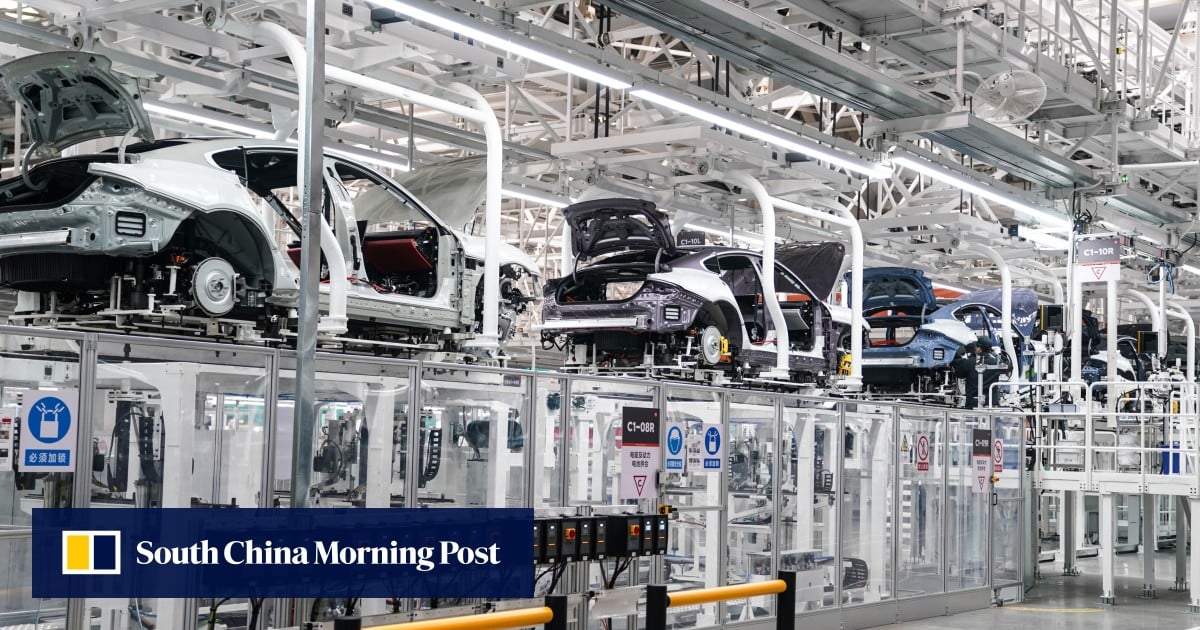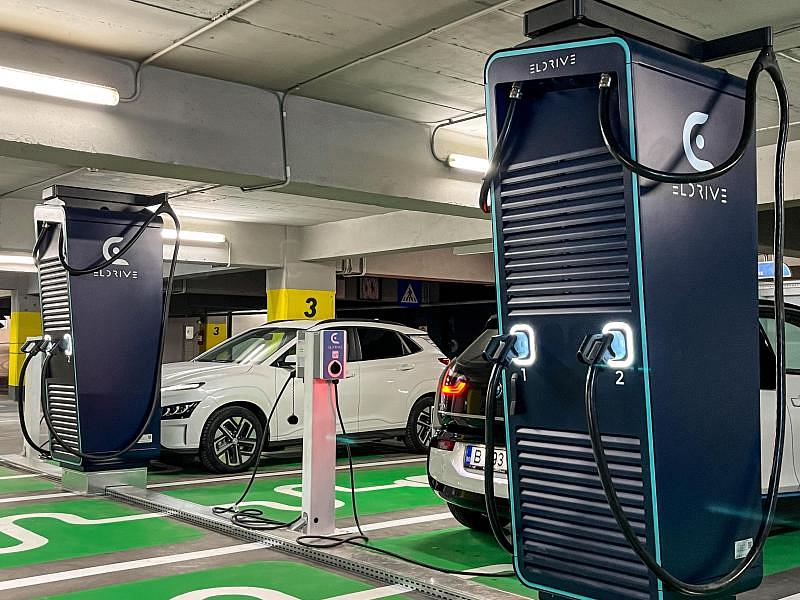China’s electric vehicle (EV) industry is facing growing pressure as manufacturers race to introduce new models while grappling with steep research and development (R&D) costs. With more than 50 new pure electric and plug-in hybrid models expected to launch in 2024, competition is fierce, and only a few will generate enough sales to cover development costs.
According to Suolei, a Shanghai-based advisory firm, most Chinese EV makers must evaluate whether it’s financially viable to invest billions of yuan in new models. High competition, paired with the need for significant price cuts, makes profitability challenging.
Price Cuts Drive EV Sales Amid Consumer Demand
Despite the pressure, China’s EV market is booming, with models featuring advanced autonomous driving systems and extended driving ranges attracting significant consumer interest. In 2024, electric vehicle sales consistently exceeded 50% of total car sales. However, discounts and price cuts are often necessary to stimulate demand, adding further strain on profit margins.
Companies like BYD, the world’s largest electric car assembler, and Hozon New Energy Automobile are expanding their customer base by unveiling refreshed models. BYD’s new Han models, launched at a 2.4% price reduction, aim to keep the company competitive. BYD’s aggressive pricing, alongside incentives like zero-down-payment loans, is expected to maintain high demand in the near term.
Xiaomi’s EV Unit Faces Profitability Delays
Xiaomi’s foray into the EV market is also drawing attention, with its SU7 model selling 27,307 units in the second quarter. However, Xiaomi’s EV unit faces a projected loss of 4.1 billion yuan for 2024 due to high R&D and marketing costs. Despite targeting 120,000 full-year deliveries, Xiaomi acknowledged it will take time for its EV division to become profitable.
Source: scmp.com





